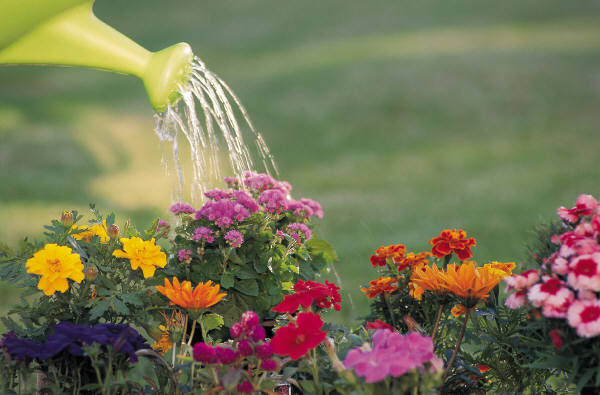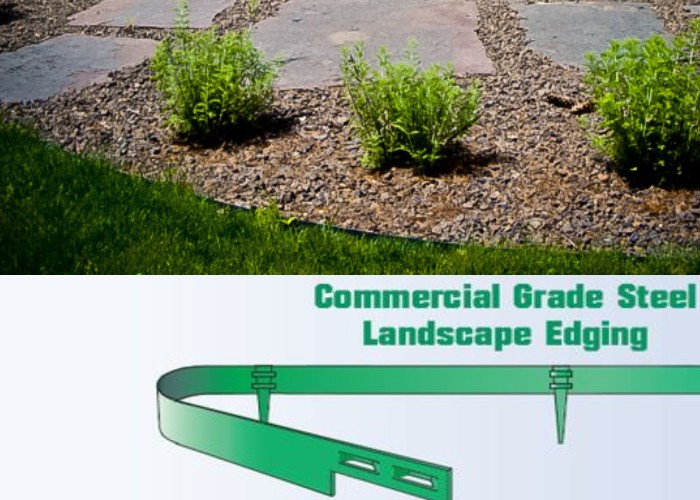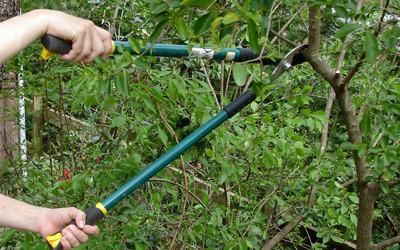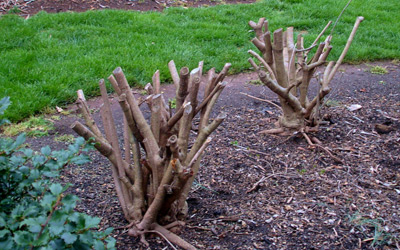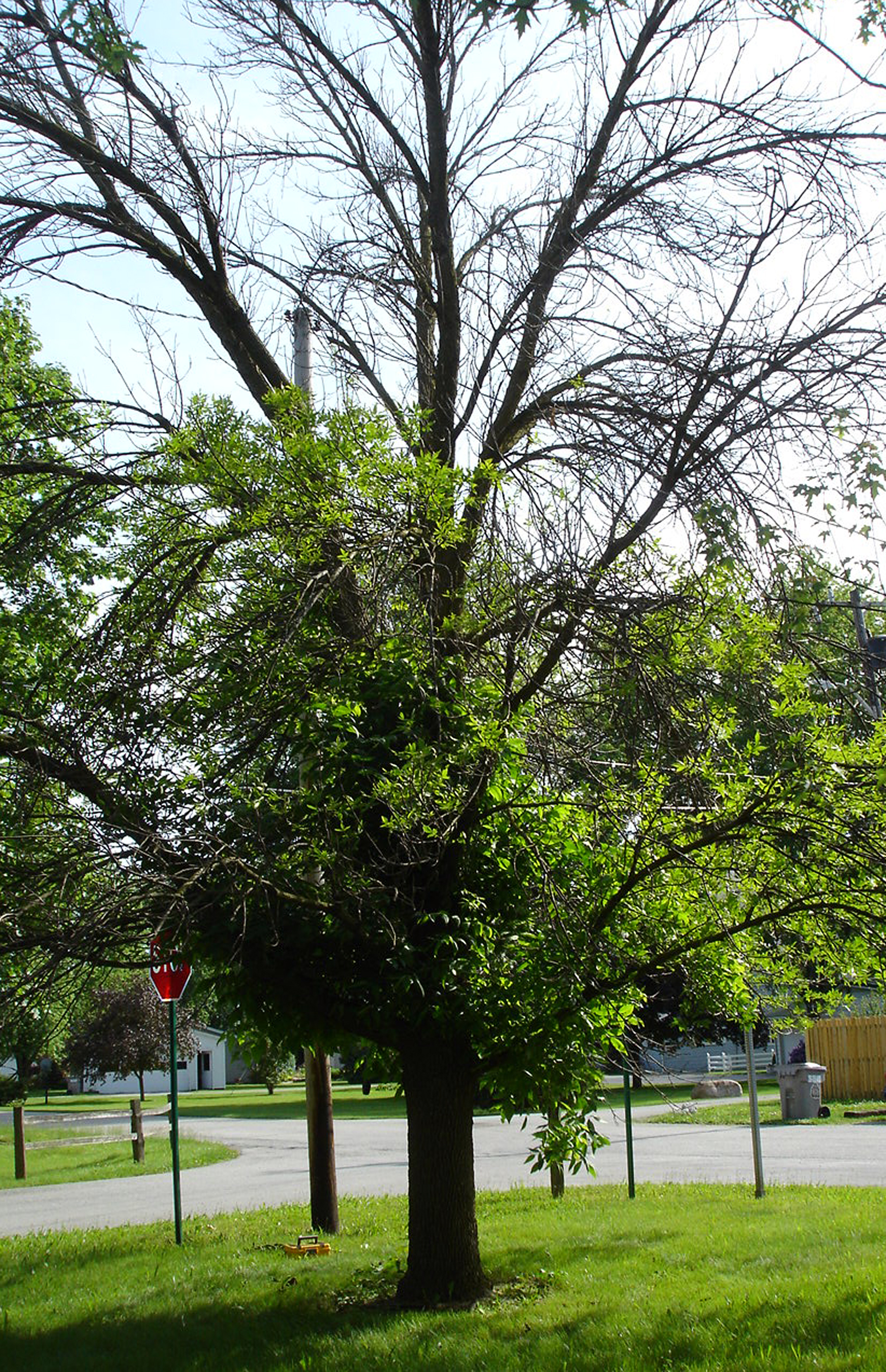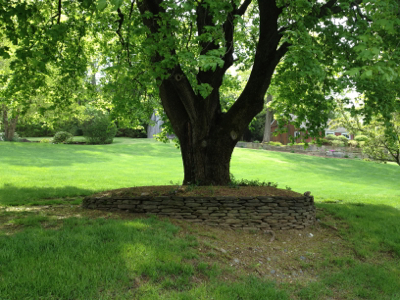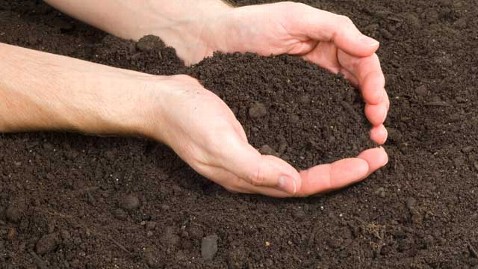Caring for your newly installed plants
Maintaining Your Plants
Watering
A regular watering schedule is key the first year for new plants to establish a healthy root system. Too much or too little water can cause a plant to wilt. The best way to determine if a plant needs water is to check the soil with your hands about 3-4″ around the base of the plant. If the soil is dry then it needs water, if the soil is moist then it does not need to be watered. The ultimate goal is for the root ball to be completely saturated and allowed time to dry out before watering again.
How to determine the watering schedule
During the spring and fall, when the temperatures are cooler and there is supplemental rain, check the soil every 3 -5 days, usually requiring watering twice a week. During the summer, when it is hot and dry, check the soil every 2-3 days, usually requiring watering 3 times a week. Keep in mind that plants in the sun dry out faster then plants in the shade. However, plants under overhangs, bay windows, deck and large tree canopies can dry out, because they are blocked from supplemental rain.
Methods of watering
Hose – Watering with a hose by hand allows for more accuracy. Attach a wand or sprayer to the end of the hose and adjust to the shower setting. Focus getting the water on the base of the plant, circulating the hose around the base. Allow time for the water to soak while you move on to the next plant, and then go back and water again, so, that you are saturating the roots of the plant thoroughly. About 1 minute for perennials, 2-3 minutes for small to medium shrubs, and 3 -5 minutes for large shrubs and trees.
Soaker Hose – Watering with a soaker hose is ideal for small areas of plants. The soaker hose can be attached directly to the hose bib or to a timer that will turn the water according to the set schedule. The soaker hose should be wrapped around the base of each plant so that all sides of the root ball are watered. Soaker hoses release water slowly, allow 30 – 45 minutes for the soaker hose to thoroughly saturate the soil around the plant.
Gator Bags – Gator bags can be used to water trees. Place the gator bag around the base of the tree and fill up with water. The water will slowly be absorbed into the roots over a few days. Allow a few days for the soil to dry out and repeat.
Trimming
Rule of thumb: best time to trim shrubs is immediately after they have finished blooming. Evergreen shrubs that do not bloom can be trimmed when necessary throughout the year. Use a hand pruner to keep a natural look or a hedge trimmer for a more formal look. Perennials will benefit from deadheading (removing spent blooms). Cut back perennials to the ground after the first frost. The plant will completely shrivel up and wilt after the first frost, so it does not hurt it to cut back the dead foliage. The roots will still be under the ground, and produce a new plant the following year.
Mulching
Choosing to mulch in either the spring or fall will help protect the roots of the plants and help prevent weeds. Before you apply the mulch, make sure to clean all debris/weeds from the beds. Avoid piling the mulch to close to the stem/trunk of the plant so that it can breathe.
The mulch can help keep the weeds to a minimum, but it’s probably a good idea to do a quick weeding of the beds every month. If you don’t have time to pull the weeds then a Round-Up weed spray that you can purchase at a nursery or home depot will do the trick. Apply the spray directly to the weed, careful not to get it on your other plants. The weeds should die in about 2 weeks.
Fertilizing
A slow release granular fertilizer, such as Osmocote or Hollytone is recommended rather than a water based fertilizer, which allows for error. It’s best to fertilize when the ground is wet, whether after it has rained or after you have watered your plants thoroughly. *Please use gloves when handling any type of fertilizer* Lightly sprinkle the fertilizer around the base of each plant (please, read and follow directions on the fertilizer package).
The best time to fertilize is in the spring when the plants are growing, and the fall to supplement the plants through the winter. The summer is too hot and dry, fertilizing could burn the roots of the plants. In the winter the plants go dormant, they are not growing, so there is no need to fertilize.

